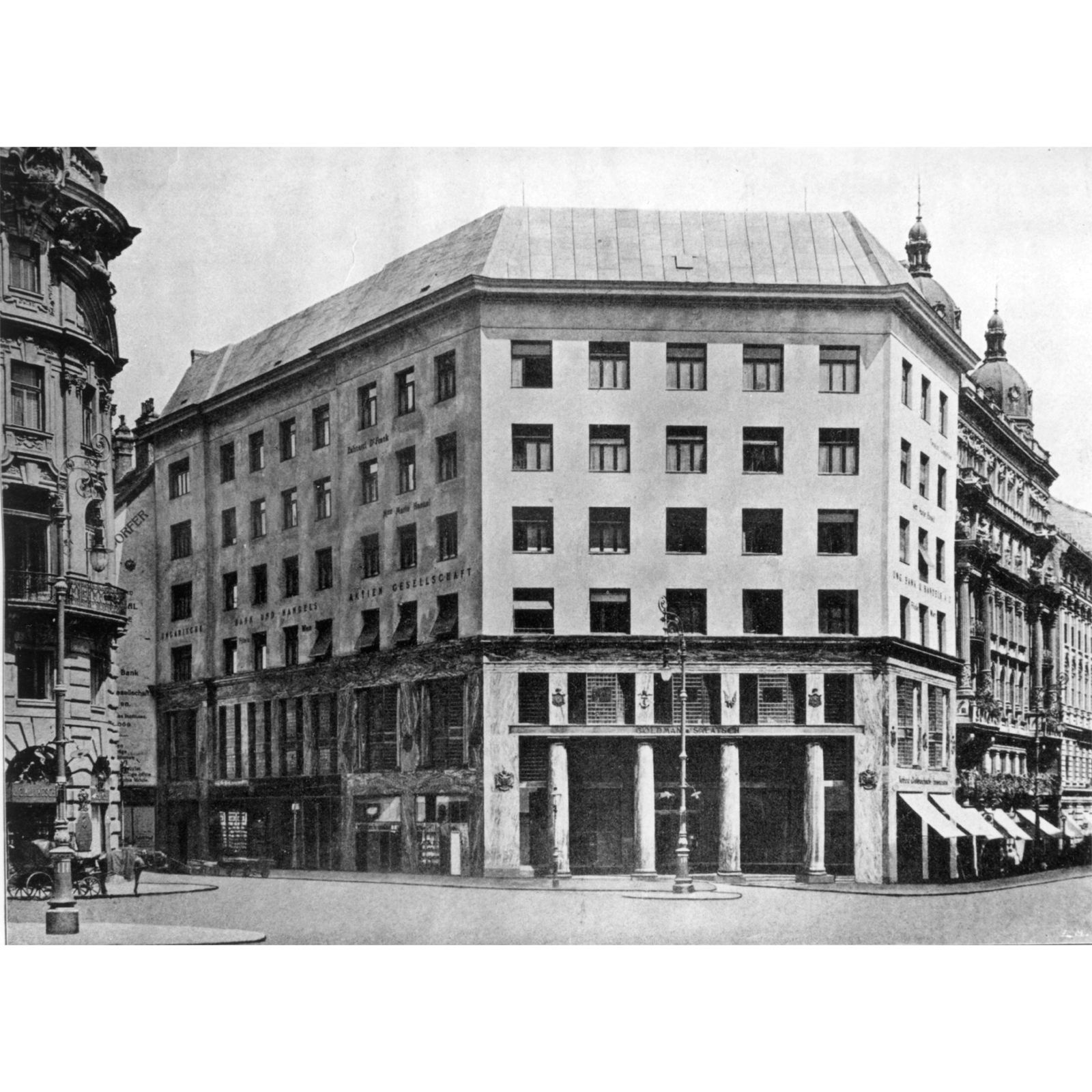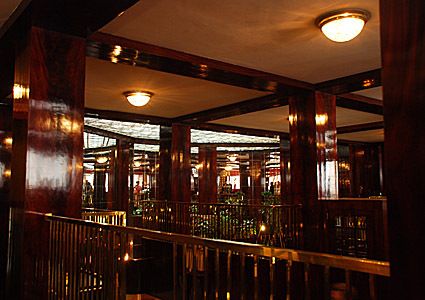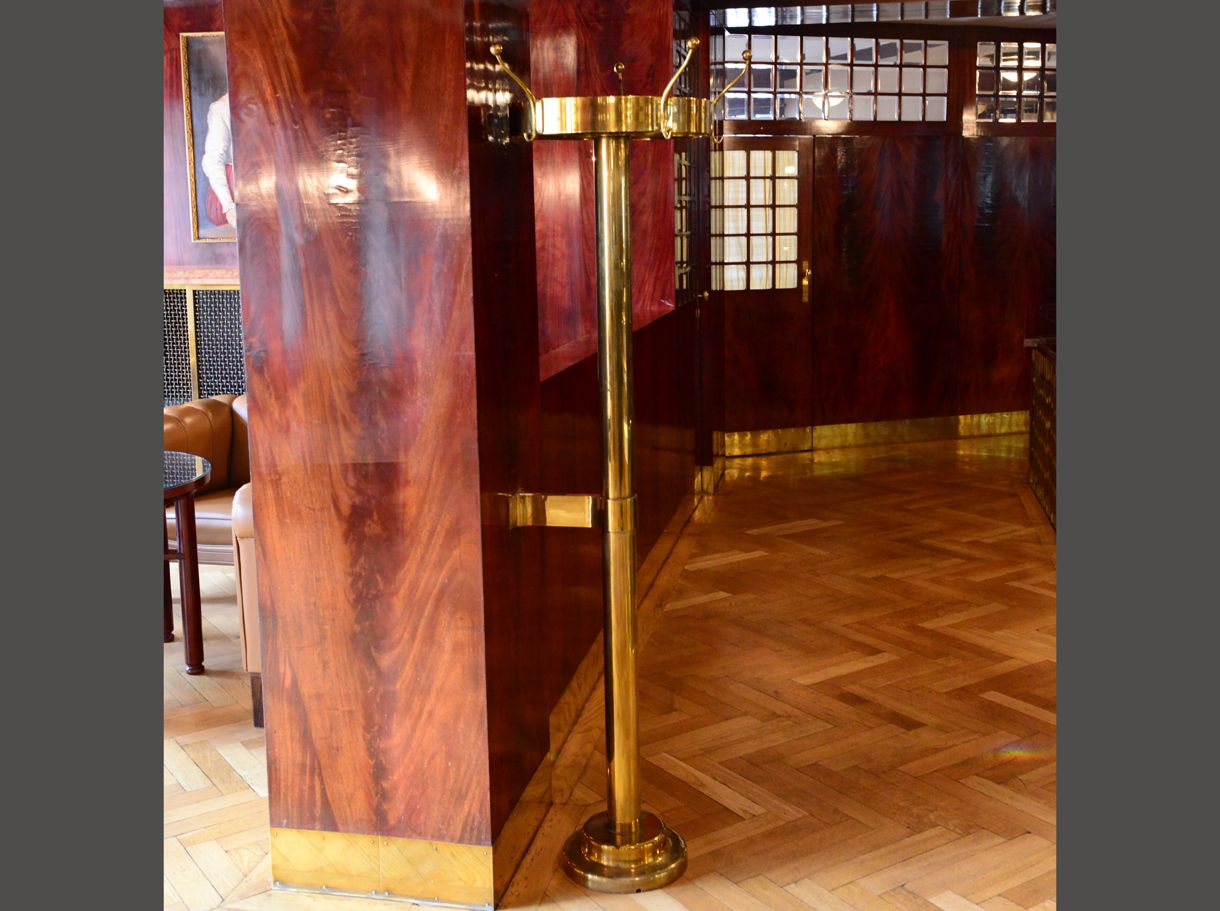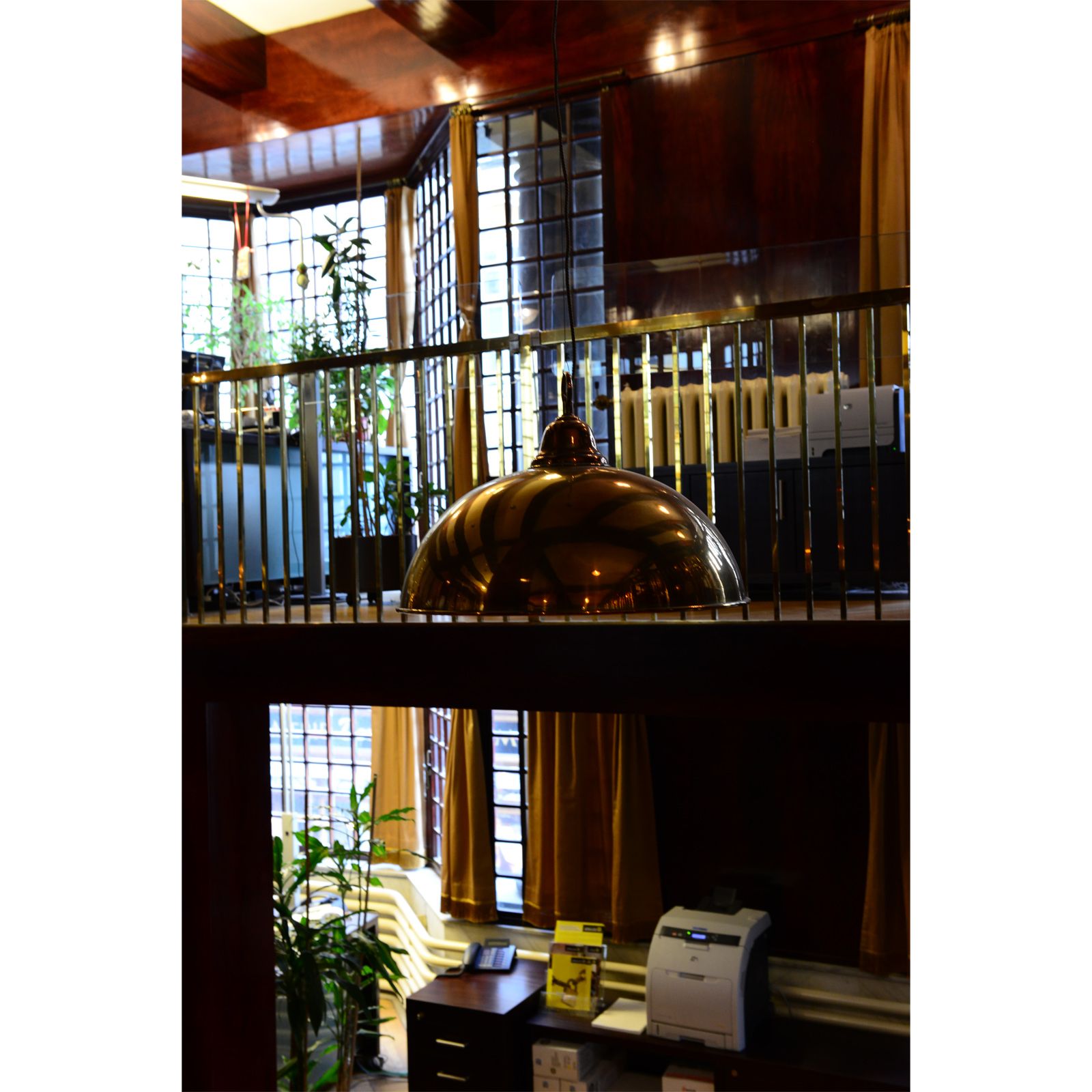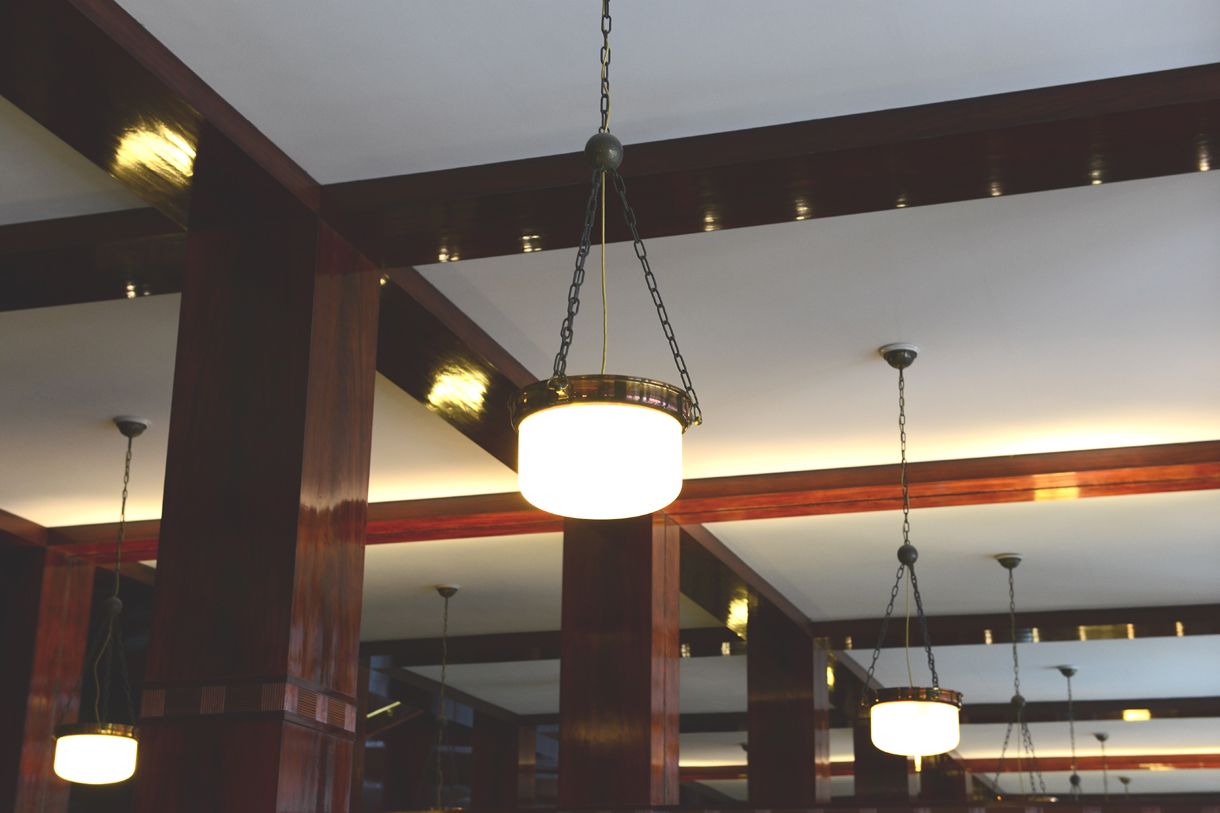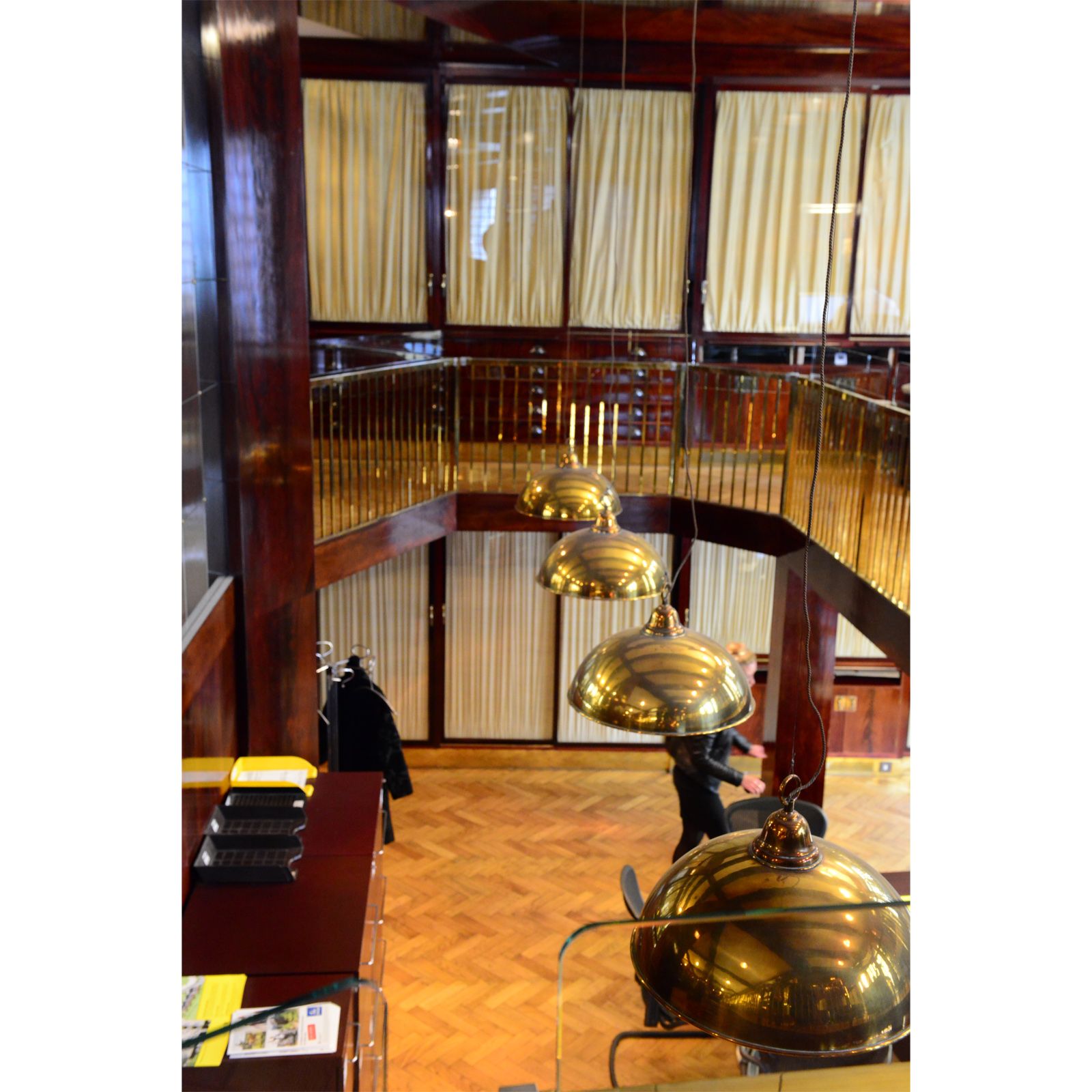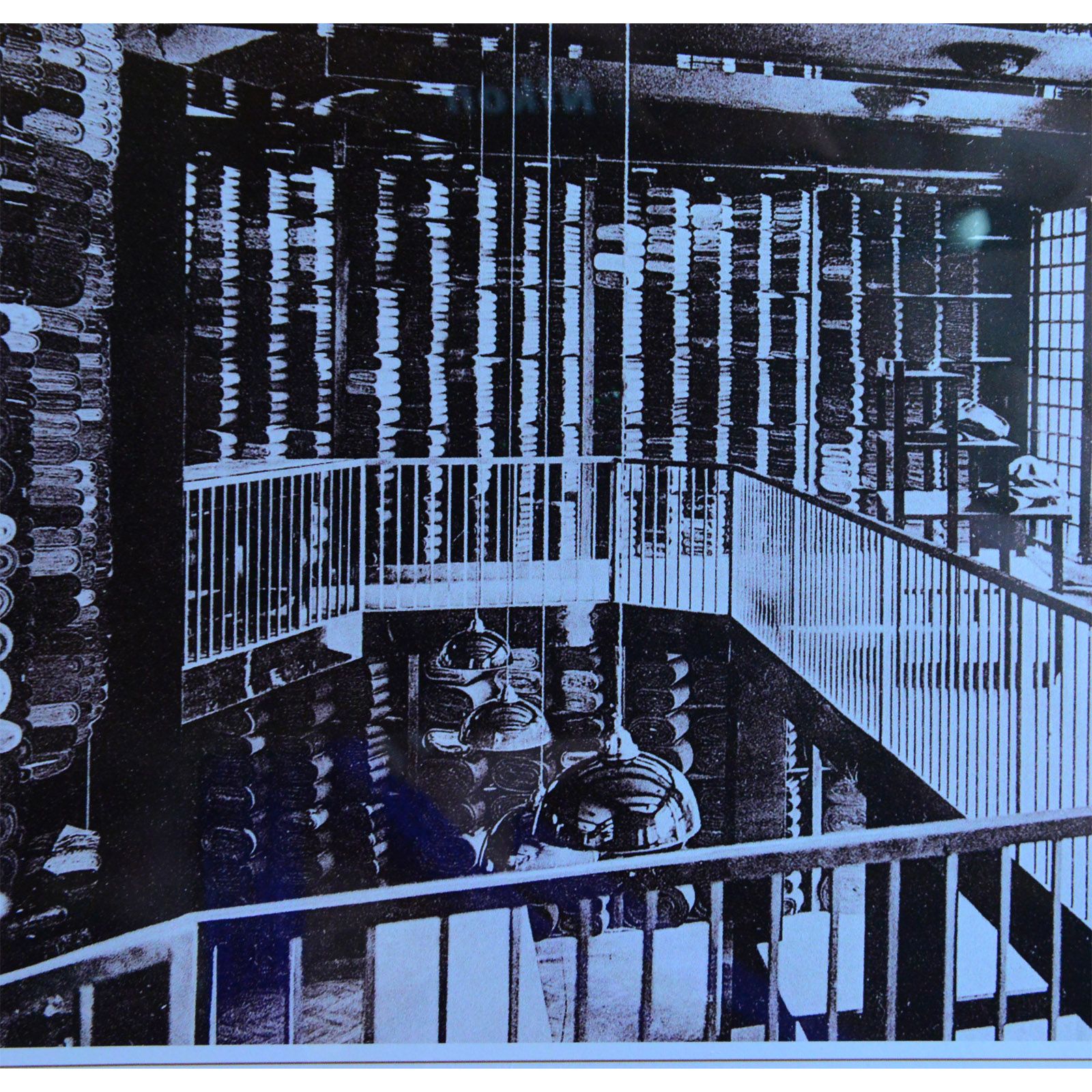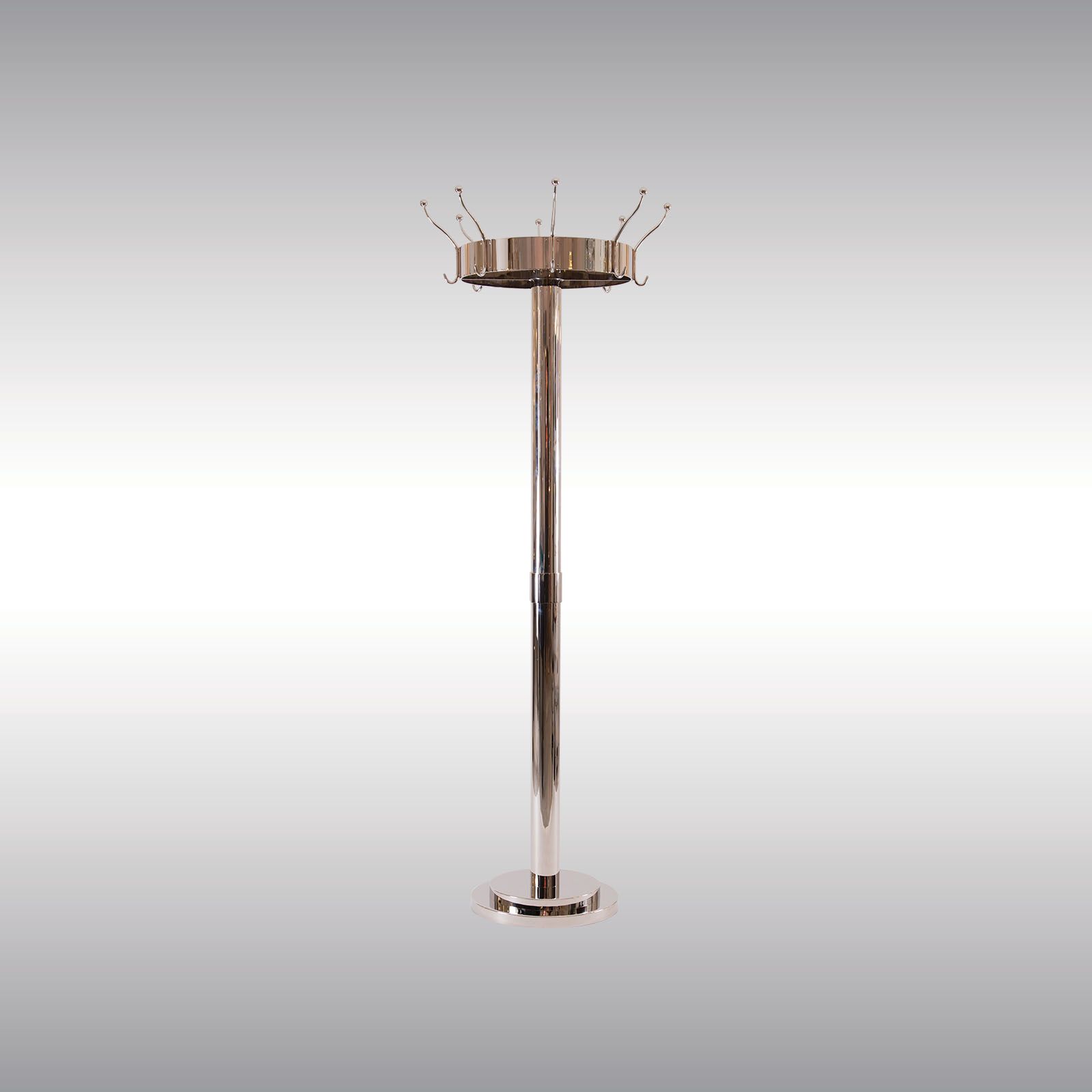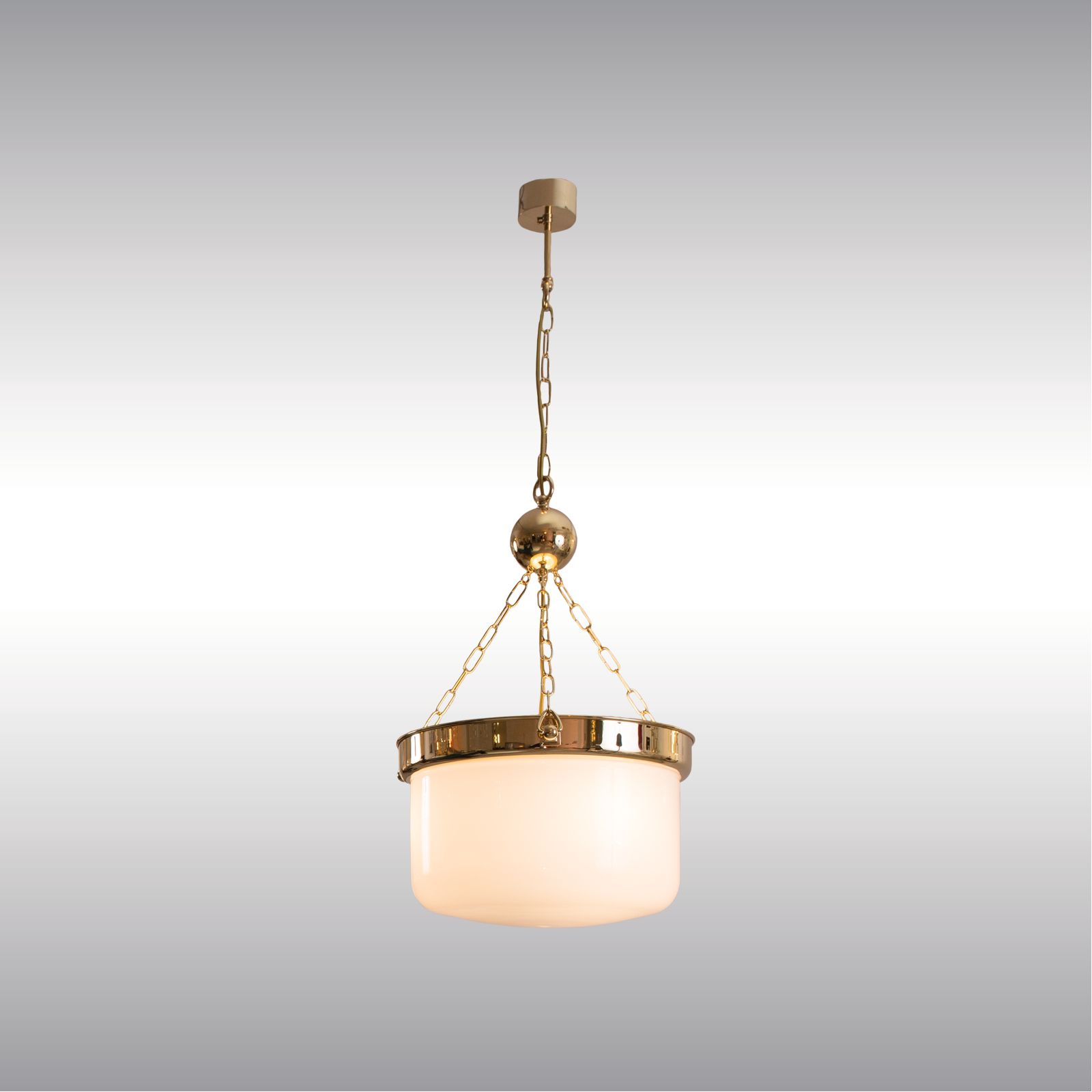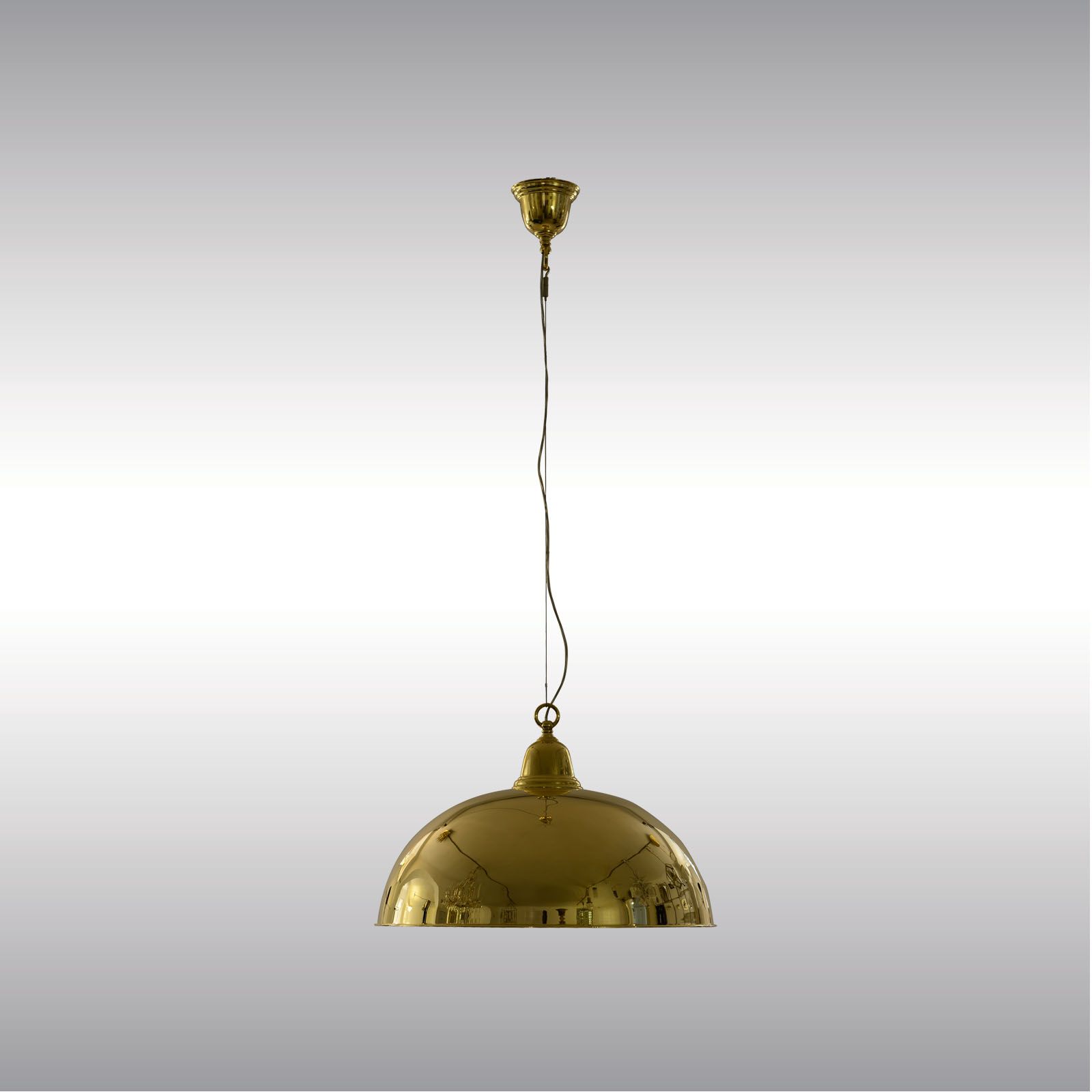Looshaus am Michaelerplatz
Wikipedia: Emanuel Aufricht and Leopold Goldman, the owners of Goldman & Salatsch [de], a men's clothing company with an upper-class clientele, held a design competition for a building to house their sales, manufacturing, and office functions as well as Goldman's private apartment. The competition failed to produce a design that satisfied them, so in 1909 they gave the commission to Adolf Loos, who had been invited to submit a design but had not done so. The building was constructed by Pittel+Brausewetter [de], with Ernst Epstein as construction manager. However, although the city had accepted the plans, in 1910 the unornamented upper storeys caused a scandal; construction was permitted to proceed only after Loos added window boxes with flowers to mitigate what one of many insulting articles in the press called their "inappropriate nakedness", and defended his design in a public meeting. It was finally completed in 1912.[2][3] Reportedly, Emperor Franz Joseph disliked the Looshaus so much that he ordered the curtains on the windows of the Hofburg facing the square to remain closed.[4]
Under the Nazis, the commercial levels of the Looshaus were converted into an Opel showroom.[2] In 1944 the building was affected by a bomb strike on an adjacent building. In 1947 it became a protected monument; it was somewhat unsuccessfully restored in the 1950s[4] and in the 1960s housed a furniture shop.[citation needed] In 1987 the Raiffeisenbank bought it and thoroughly renovated it, restoring the commercial levels to their original appearance.[2][4] The renovation was carried out under the direction of the architect, publicist and Loos researcher Burkhardt Rukschcio.[5] In the process, the public area of the house in particular (the former Goldman & Salatsch business premises) was restored to its former state, which had been lost in the 1930s, and the upper floors were adapted as office space. This renovation was completed in October 1990.[6]
